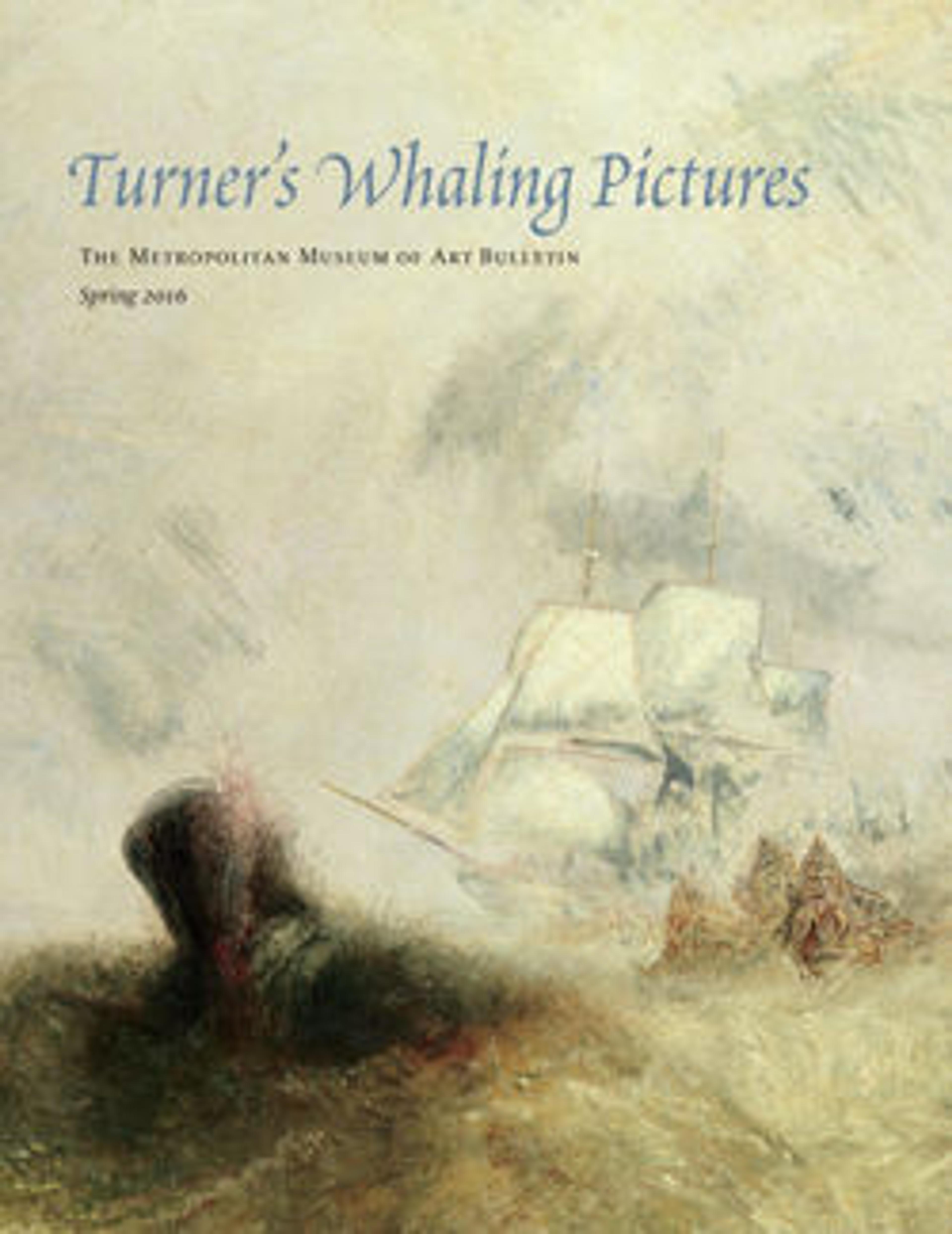Pasiphaë
Pasiphaë confronts the viewer with a maelstrom of swirling and angular lines and broken forms, all pressed up to the front of the picture plane—an allover effect later seen in Pollock's "drip" canvases. The painter developed this novel interpretation of the Surrealist technique of automatism (which taps the artist’s unconscious to compose the image) by creating dozens of colored drawings. Amid the chaos are barely discernible sentinel-like forms on both sides of a prostrate figure in the center. Pollock originally called this painting Moby Dick, but he retitled it after hearing the story of the Cretan princess Pasiphaë, who gave birth to the half-man, half-bull Minotaur. Throughout World War II, many artists mined classical mythology’s vast repository of tragic tales of war, struggle, and loss.
Artwork Details
- Title: Pasiphaë
- Artist: Jackson Pollock (American, Cody, Wyoming 1912–1956 East Hampton, New York)
- Date: 1943
- Medium: Oil on canvas
- Dimensions: 56 1/8 × 96 in. (142.6 × 243.8 cm)
- Classification: Paintings
- Credit Line: Purchase, Rogers, Fletcher, and Harris Brisbane Dick Funds and Joseph Pulitzer Bequest, 1982
- Object Number: 1982.20
- Rights and Reproduction: © 2025 Artists Rights Society (ARS), New York
- Curatorial Department: Modern and Contemporary Art
More Artwork
Research Resources
The Met provides unparalleled resources for research and welcomes an international community of students and scholars. The Met's Open Access API is where creators and researchers can connect to the The Met collection. Open Access data and public domain images are available for unrestricted commercial and noncommercial use without permission or fee.
To request images under copyright and other restrictions, please use this Image Request form.
Feedback
We continue to research and examine historical and cultural context for objects in The Met collection. If you have comments or questions about this object record, please contact us using the form below. The Museum looks forward to receiving your comments.
